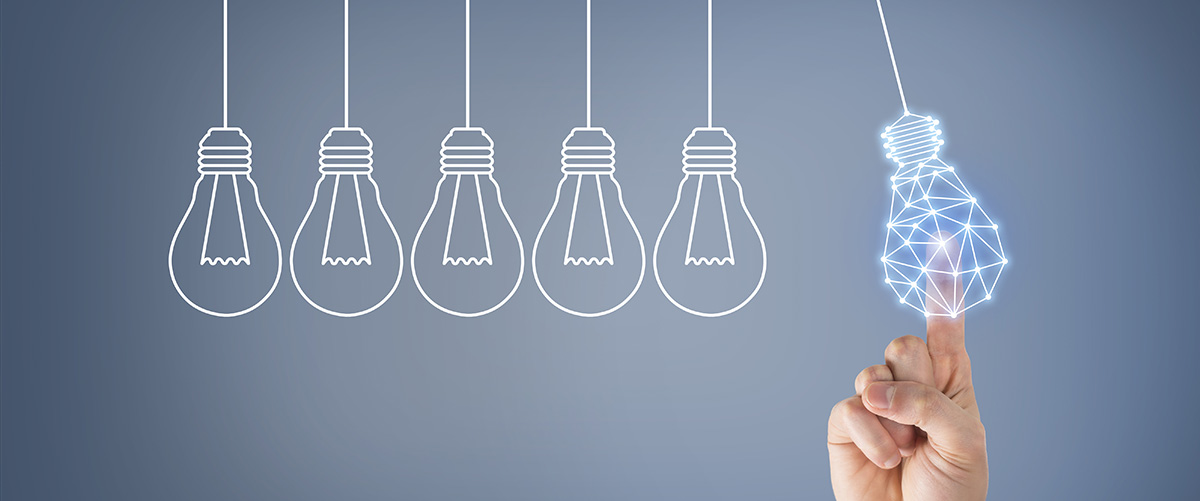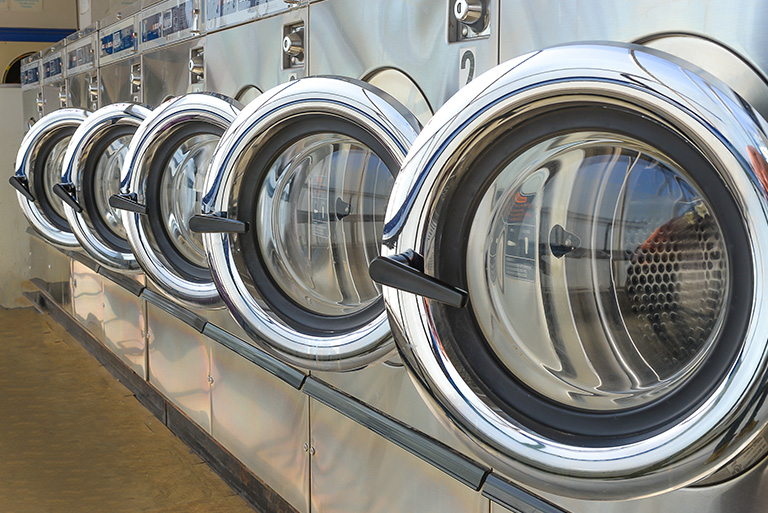Behind the Scenes of a UX Design Challenge
Part of the webinar blog series "The Future of Communications – A UX Design Challenge."

When you want to fix something, sometimes you have to break it.
This was the rally-cry of our recent “The Future of Communications – a UX Design Challenge,” where we had the audacity to fix century-old forms of communication: bills and statements. (Honestly, they haven’t changed in years – often reading like long receipts with impersonal legalese.)
To reimagine the future of bills and statements, we partnered with Huge, one of the world’s leading experience agencies, and started with a few open-ended questions:
- How do we get bills and statements beyond where they are today while offering a futuristic yet realistic path for our clients?
- What if the experience was no longer adversarial – “Hey, Mrs. and Mr. Consumer, you owe us money…” – and instead applied a holistic service design around the entire experience?
- What if talented technologists, designers, and marketers reimagined the communications experience for the years 2020-2025 over a six-week design sprint?
These questions fueled the four-step framework of our rapid prototype design competition where we sought to create the optimal future billing experience.
Step 1: Build the right team.
We created five cross-functional teams, each with a different set of skills, including industrial thinkers, creative technologists, visual designers, print designers and data experts.
Step 2: Keep it real.
Each team had to produce tangible artifacts that represented a real experience for the year 2025. We provided three design lenses for their consideration:
- New interfaces: Emerging technologies and the integration of channels were definitely a focus point. We wanted the teams to consider how physical, digital and the Internet of Things (IoT) could potentially come together to improve bills and statements.
- Solving for paper: Consumers continue to value paper and are often reassured by it (i.e., checking it, sharing it, storing it). We wanted to make sure that paper wasn’t overlooked while the teams developed a path to digital.
- Behavioral science: Understanding the emotions of paying a bill and the relationships consumers have with providers was important. We wanted the teams to take a customer-centric approach, solving for their behaviors, biases and emotions, to drive desired actions.
Step 3: Pressure is on.
The teams had six weeks to create a new statement and billing experience. This narrow time frame and two rounds of competition fed creativity and kept the energy high.
Step 4: Judgment days.
Finally, we evaluated the designs based on three criteria: 1) Represents realistic innovations for the year 2020-2025; 2) Increases consumer value; and 3) Increases brand value. See Breaking Bad Communications.
And guess what? Intriguing things happen when you put smart, creative people together with the decree of “Innovate!” My next blog will reveal the top three design finalists (Drumroll, please…)
Download our report, Disrupting Bills and Statements, to learn more about the design challenge.




